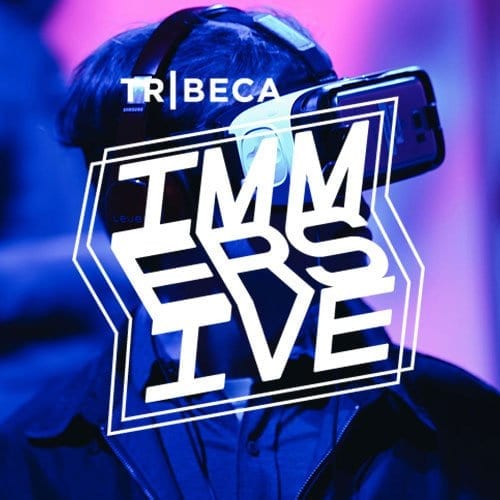Last 2017 was a special time for browsers that supported WebVR standards. We actually saw giants like Amazon jumping in the space with Sumerian that allowed anyone to create Virtual Reality, Augmented Reality (AR) or 3D experiences with ease. VR browsers are actually making so much noise because it promises to increase the number of developers building great content. Having the potential to grow like wildfire, the best part about a VR browser is its compatibility across many platforms and is frictionless by design.
Now that we have mentioned so much of VR Browsers, let us know what they actually are.
Also Read: Ways VR can revolutionize your Business
What is a VR Browser?
VR Browser is a simple open specification that makes it possible to bring Virtual Reality in the web. It is a way that everyone can experience VR in a better way. VR Browsers make the use of emerging Mixed Reality web standards to allow users to experience immersive gaming and other experiences without the need to install apps custom built for their headset. Mozilla recently announced Firefox Reality as their VR browser that they describe it as a cross-platform, open source and privacy-friendly browser whose interface will be specialized for headsets.
Love what you read? Then grab a fresh copy on Virtual Reality.
Types of VR Browsers:
The year 2018 needs to distinguish between two major types of browsers that employ two different types of approaches for content absorption. The two types are WebVR and VR First browsers.
WebVR Browsers:
WebVR browsers are browsers that comply with the standard of Web API specs. For these browsers, the user navigates through 2D web interface like they always do. But when they interact with any VR content they automatically start interacting with 3D content. These browsers also enable users to see content as responsive to the positioning and the movement of their mobile. From the browser “Enter VR” button allows the user to switch to VR mode and then the users can also implement the VR headsets for experiencing full immersion.
These browsers offer seamless VR experience to the user in a single click. These browsers are smart enough to reconcile the 2D browsing of the past with the browsing of the future.
One major example of WebVR is JanusVR that helps in re-imagining web pages as collaborative 3D web spaces interconnected by various portals. It is a native VR browser that runs on its own custom language JML that intends to build a 3D world for the user. JanusVR has the ability to run on desktops, laptops, mobile, and even TV’s, and even embedded devices like Raspberry Pi and is even compatible with major headsets available in the market. Other tech giants such as Google, Mozilla (as Firefox Reality), Microsoft and even Samsung have jumped in this WebVR space. Also last July, a trio of Apple developers joined the WebVR community group so we expect a VR based Safari browser in coming days.
Also Read: Major Reasons to choose VR in Marketing and Branding
[embed]https://youtu.be/O4rstRgUsBs[/embed]
The priority for WebVR browsers isn't being VR specific features or changes to the UX/UI for that matter but on serving the internal requirements of the browsers that are primarily anchored to the default 2D web thingy. And the advantages that WebVR allows is the wide reachability across mobile, web and other VR platforms. WebVR has an immense potential to connect users in VR and others outside VR.
Also Read: Top 5 Virtual Reality Examples in Real World
VR-First Browsers:
VR First browsers make sure that they build a VR based environment for their users from the very start of it. They don’t exist in the traditional 2D mode of browsing and can only get into the user’s VR headset. Also, VR-first browsers sometimes can become extremely specific as they convey VR based content only in the pre-created virtual environment.
So for instance, if a user comes across a traditional 2D website it will be presented on a flat 2D plane inside the browser’s VR environment. The first set of VR -first browsers was launched by Samsung and Oculus that offered quite rich an immersive experience and employ VR headset from the outset and throughout.

Imagine VR browsing and the best social experience that it offers. For example, Hulu app allows integration with Oculus Rooms for social VR activities. And the best part users can switch between several surrounding virtual environments and we are already finding these kinds of shift happen in various other ways as well.
Also Read: Unconventional applications of Virtual Reality
VR Browsing: How Far Will Things Escalate?
The whole idea of ideating VR browsers is the large set of incentives it brings to the table. Though most of the emphasis is laid on re-imagining and reinventing a browser UX/UI in accordance to the need of the VR-specific user and without to make cuts on trade-offs and ask for a permission.
Also, it will come as a fresh start where web navigation is re-imagined from a VR standpoint. All of this somewhere screams of versatility, which as far as the use cases go, is quite broad in its applications and is sticky wherever it goes. Web VR browsing can even said to complement native virtual reality helping create wide trajectory of content with zero friction consumption and also render VR browsing as one strong branch in VR industry.
 Read More
Read More



